- News
- Reviews
- Bikes
- Components
- Bar tape & grips
- Bottom brackets
- Brake & gear cables
- Brake & STI levers
- Brake pads & spares
- Brakes
- Cassettes & freewheels
- Chains
- Chainsets & chainrings
- Derailleurs - front
- Derailleurs - rear
- Forks
- Gear levers & shifters
- Groupsets
- Handlebars & extensions
- Headsets
- Hubs
- Inner tubes
- Pedals
- Quick releases & skewers
- Saddles
- Seatposts
- Stems
- Wheels
- Tyres
- Tubeless valves
- Accessories
- Accessories - misc
- Computer mounts
- Bags
- Bar ends
- Bike bags & cases
- Bottle cages
- Bottles
- Cameras
- Car racks
- Child seats
- Computers
- Glasses
- GPS units
- Helmets
- Lights - front
- Lights - rear
- Lights - sets
- Locks
- Mirrors
- Mudguards
- Racks
- Pumps & CO2 inflators
- Puncture kits
- Reflectives
- Smart watches
- Stands and racks
- Trailers
- Clothing
- Health, fitness and nutrition
- Tools and workshop
- Miscellaneous
- Buyers Guides
- Features
- Forum
- Recommends
- Podcast
review
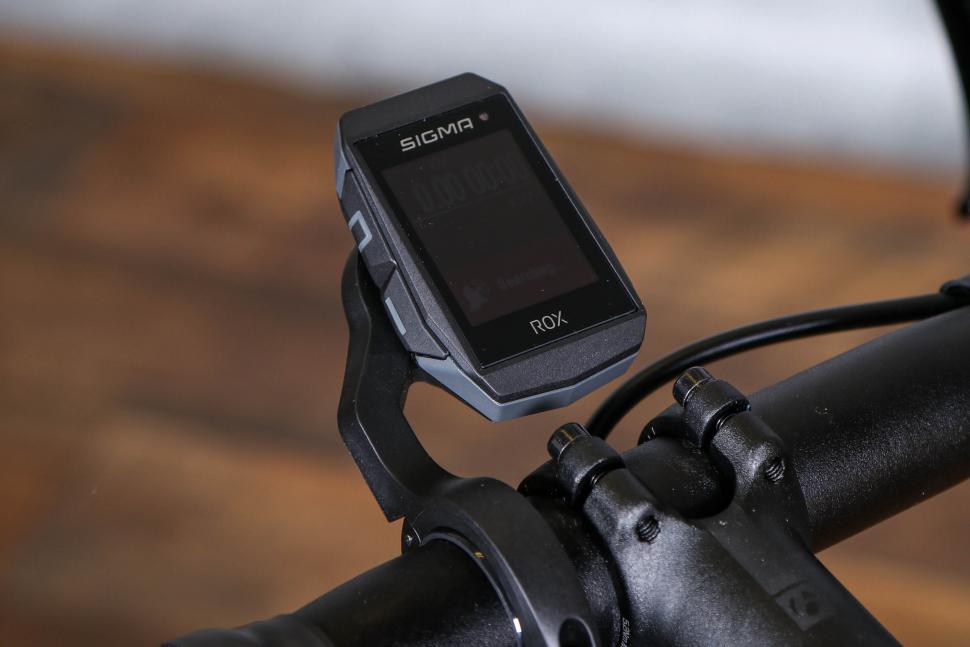 Sigma Rox 11.1 Evo GPS Cycle Computer Sensor Set
Sigma Rox 11.1 Evo GPS Cycle Computer Sensor Set£249.99
VERDICT:
Hugely versatile training computer with masses of functions, but navigation is basic and the screen, though colour, is small
Colour screen
Hugely adaptable
Loads of training stats
Long battery life
A muddle of software
Small screen
Fairly basic navigation capability (unless you link it with Komoot)
Weight:
130g
Contact:
At road.cc every product is thoroughly tested for as long as it takes to get a proper insight into how well it works. Our reviewers are experienced cyclists that we trust to be objective. While we strive to ensure that opinions expressed are backed up by facts, reviews are by their nature an informed opinion, not a definitive verdict. We don't intentionally try to break anything (except locks) but we do try to look for weak points in any design. The overall score is not just an average of the other scores: it reflects both a product's function and value – with value determined by how a product compares with items of similar spec, quality, and price.
What the road.cc scores meanGood scores are more common than bad, because fortunately good products are more common than bad.
- Exceptional
- Excellent
- Very Good
- Good
- Quite good
- Average
- Not so good
- Poor
- Bad
- Appalling
Sigma's Rox 11.1 is a versatile and comprehensive training tool that's fairly easy to use and has good battery life. It's relatively inexpensive, too, though you'll need to lay out (possibly a lot) more money to access its full potential. GPS capabilities are basic but work fine and can be enhanced if you have a Komoot subscription. You also need a couple of apps to go with it, which don't seem to talk to each other.
Like most bike technology these days, the Rox 11.1 is really just the pointy end of an integrated package of parts that combine to provide a range of functions and capabilities. In this case, there are the various sensors, apps and third-party service compatibility that all come together to make for a pretty versatile training and navigation tool.
> Find your nearest dealer here
The head unit itself is a pleasingly bevel-edged piece of compact dimensions. It's much less intrusive than mounting a smartphone, or a larger GPS unit, on your bike.
There are four chunky buttons on the side and a fifth, corner-mounted button that turns the unit on and off (and accesses the menu). This was a bit awkward to use off the bike, as the diagonal forces needed tended to make the device slip out of my fingers, but once secured to the mount it all became a single-handed job. The main buttons are big and chunky enough to use with gloves on, and their functions are simple so I soon learned to navigate my way around.
The unit measures 66 x 46mm, but the display area is comparatively small at only 38 x 28mm. I can't see why Sigma didn't make more use of the available space. Screen resolution is 128 by 160 pixels, according to Sigma, so it follows that the display itself is of only limited ability and full mapping is not an option. Also, the more little boxes you set up to display on each screen, the smaller and more difficult to read each one becomes. I found three or four items per screen about the most that could be usefully displayed, beyond that it was also too distracting to try to take in half a dozen stats at the same time, and I prefer a quick glance to avoid doing a Bernal.
On the plus side, the backlighting is excellent and adjusts to the ambient conditions so is always visible. Also, you can change the colours of each little box on the display to help separate out the different functions.
In the box
Sigma sent us the Rox 11.1 Evo unit in its 'sensor set' box, which also contains the robust mount (Garmin compatible), two on-bike transmitters (speed and cadence), a heart rate transmitter with its strap, and a USB-C cable for charging and PC connection. You can also buy the unit with the mount and heart rate sensor only (£199.99), or just the basic unit with a simple rubber-band-attached mount (£169.99). It depends what you already have lying around at home.
The speed sensor allows you to use the computer with the GPS turned off, for example on the rollers.
The sensors are easy to fit, and pairing them with the computer via Bluetooth (in my case) or Ant+ was very easy and it all worked reliably throughout the test.
N+1 or 20...
One of the key benefits this unit offers is the ability to set up the display screens uniquely for up to 20 bikes, which should be enough for the most diehard n+1er. The computer comes with five of these 'profiles' already installed, but you're free to fiddle with these, which is most easily achieved using the smartphone app.
So, for each 'profile' you can decide how many screens you want to be able to scroll through (up to six), what information is displayed on each page, how many mini-windows you want on each screen (up to six), how they are arranged and what colours you want them.
That mounts up to a fair amount of set-up tweaking; even after a month I was still fiddling about with the displays and what I wanted on them, but it's easily done and you can't really break anything. The main thing is to remember which bike you are on today and make sure you've selected the right profile before you set off.
Value views
The computer can display a vast range of different values; Sigma reckons there are over 150 functions. I've listed them in the test report below, if you want to know them all. There are 18 ways of analysing gradient alone, to give you the measure of it.
Quite a few of the functions are duplicated – for example, you can choose between manual or automatic laps and choose from 25 different statistics for each, so that's 50 functions straight off.
It follows that, with a maximum of six pages per profile and six windows per page, you can only display a maximum of 36 of the 150+ metrics available, but you do get extras flashing up – each time you complete a lap, a screen with five stats pops up briefly, for example.
Training
From a training point of view, there's plenty on offer. You can use either the supplied heart rate monitor or a power meter (supply your own). It's simple to personalise your heart rate max and zones using the app. There are 21 ways of analysing your power figures if you are so equipped.
You can upload up to 36 'workouts', which are FIT format files with instructions for intervals and efforts built into them. Sigma has loaded eight on itself, so I was able to test these out on the rollers, using the heart rate monitor. However, if, like me, you don't have a power meter, some of these installed programmes are off-limits. Furthermore, Sigma tells me that it no longer offers the ability to design and create your own FIT files on its 'Sigma Data Center' software, so you'll need to find a third party provider (Sigma suggested trainingpeaks.com), which is likely to mean a paid subscription.
The device is compatible with smart trainers and I suspect this may be where it really comes into its own, since you'll have all the power data you'll need. The really good thing is you can look at your figures 'on the go' rather than having to wait until after the session ends to analyse them.
> 10 best home trainers for 2022 — get fit indoors
The Sigma Data Center software is where you can crunch all your training statistics and design and download routes. It's not to be confused with the Sigma Ride app, which is what you install on your smartphone that allows you to play with your display settings, though this is also involved in your route file management.
'SIGMA tracks, such as those created in the SIGMA DATA CENTER, can be synchronised in the SIGMA RIDE app via the SIGMA CLOUD,' says Sigma's website. If that sounds confusing, it is. You can't simply design a route on Sigma Data Center and transfer it to the Ride app – you have to connect the Rox 11.1 to your PC and download it from there, then reload it into the Ride app in order to select the route from your list.
Not only that, but you can't transfer routes directly from your Strava app either. They have to be downloaded onto your PC, uploaded to the Sigma Data Center App, then downloaded again onto the Rox 11.1 and back up to the Ride app. This seems unnecessarily cumbersome and scores a black mark for the navigational functionality compared, for example, with the simplicity of using Strava routes on your smartphone. Sharing your activities with other apps, including Strava, is very simple.
The Sigma Ride app's mapping capabilities offer no particular advantage. Sigma makes up for the lack of mapping on the Rox 11.1's display by allowing you to use the app to display your position on Google maps. It seemed to me, if you need to get your phone out to see where you are, you might as well go straight to Google maps and cut out the middle man.
> GPS cycle route planning made easy – how to plan and follow a bike route
Sigma's own mapping, which is Google-derived anyway, didn't seem to work once zoomed in beyond a certain point. Otherwise, the app works well, giving an intuitive way of setting everything up and some attractive graphics for some light activity analysis.
Once I'd designed a route on Sigma Data Center (pretty straightforward, if you've used Strava's own offering) and got it transferred via the above rigmarole, I found it offered a basic breadcrumb trail to follow. It does alert you to the fact if you drift off route, but I never got the 'turn-off instructions' Sigma's website assures me should come up on the display, try as I might. An enquiry to Sigma revealed that this is only available to Komoot users, which it should make clearer. I've had a fair bit of to-and-fro with Sigma's help centre, who've been reliably replying but it all takes time and suggests some of the functions could be a bit more opaque.
Crash alert
I usually ride with the Strava app running on my phone, not least because I like the live tracking facility, which lets my wife see how far away I am and whether it's worth waiting for me to come back before she puts the kettle on. The Rox 11.1 Evo doesn't have this. It does offer a crash detection system which should send a text alert to a pre-selected number in the event of a mishap.
I tested this by tossing the computer onto a grass verge as I rode along, then waited the requisite 30 seconds for it to ask me if I was okay, after which it's supposed to summon help. It didn't work – perhaps my simulated crash wasn't violent enough – but it's worth noting the computer needs to be connected to the phone app for this to work anyway, so if your bike is in the ditch and your mangled body is hanging from a tree 50 feet away, you're out of luck.
Battery life
Battery life was very impressive. In truth, I never managed to flatten it completely, because whenever I plugged it into my PC to upload data or download a route, the battery got a bit of a top-up. I did go nine hours without charging it, though, and still had 50% showing on the display, which fits with Sigma's own claim of 18 hours in typical use.
GPS location was slow in comparison to my iPhone, taking around 45 to 50 seconds to lock on, but the system was very stable and I had not a single glitch during the test period.
Value
This 'sensor set' pack retails at £249.99, which is quite a saving over buying the various parts separately – on its own the head unit is priced at £169.99, the sensors are £29.99 each, the heart rate strap £54.99, and the mount £17.99.
> 10 of the best cycling GPS units — get ride data and bike satnav from £50
If you prefer on-screen mapping, Sigma's own Rox 12.0 does this, and is in most respects an 11.1 with this addition. Stu liked this very much when he reviewed it, but it's an extra £100 (including the sensors).
Lezyne's Mega XL GPS computer, which Dave tested, is somewhere in between, with some very basic mapping and over 50 functions. It also has excellent battery life. Bundled it's a little cheaper than the Sigma, at £230, £180 on its own.
Conclusion
There's no doubting that the Rox 11.1 looks much better on your best bike than a slab of mobile phone or one of the chunkier GPS units; it also preserves your smartphone's battery life and, in normal use, runs for days between charges. I was also happier about exposing it to the elements and it's easy to use in-ride. There are masses of functions, it's highly adaptable and the training stats can be broken down in a myriad of ways, even as you ride. But to make the most of the computer's training capability, there's no getting around the fact that you need to pair it with a power sensor too, which you may or may not already have.
The navigational function is fine at the basic level and offers even more if you pair it with Komoot. As a long-term Strava user I found it less straightforward, and I'd prefer it if Sigma's various bits of software talked to each other.
Verdict
Hugely versatile training computer with masses of functions, but navigation is basic and the screen, though colour, is small
road.cc test report
Make and model: Sigma ROX 11.1 EVO GPS Cycle Computer Sensor Set
Size tested: n/a
Tell us what the product is for and who it's aimed at. What do the manufacturers say about it? How does that compare to your own feelings about it?
Sigma's pitch is: "Whether you are trying for a best time, maintaining your fitness level, or just want to share your tours with friends and family, the ROX 11.1 EVO bike computer is your perfect training partner for indoor and outdoor training. In addition to its many training functions, the GPS bike computer offers navigation, structured workouts, and connection to external sensors. This allows you to focus entirely on your performance – the ROX 11.1 EVO does the rest. The LIVE function allows you to analyse your training data at any time with the SIGMA RIDE app.
The ROX 11.1 EVO stands out with its simple, intuitive operation. The five large buttons are easily accessible, so the bike computer is extremely easy to use even when you're wearing gloves. The simple menu navigation helps you find your way around easily, taking you right where you want to go in just a few steps. When it is started up, the device goes straight to training mode, and you can start riding. A separate menu button allows fast access to settings and functions such as workout and track navigation. The ROX 11.1 EVO emits an acoustic signal when you receive a message or a call or need to turn."
That's a good summary of what the unit can do, though it doesn't cover the fact that you'll need to add to it to access its full potential.
Tell us some more about the technical aspects of the product?
Sigma lists:
Dimension (W x L x H): 46,8 x 66,1 x 20,8 mm
Mount compatibility: GPS Mount
Weight: 55 g
Water resistance: IP67
Battery: 1000 mAh (Li Ion), 3.7 V
Touchscreen: No.
Display size: 1.77in
Resolution (pixel): 128 x 160
Color display / Number of colors: 262 k colors
Display technology: Transmissive Backlight
Typical battery life: 18 Hours
Connectivity: ANT+, BLE
Smart notifications
Sensor technology: Cadence, Electronic shifting, Heart rate, Power meter, Smart Trainer (FE-C)
E-Bike Ready
Speed
Average speed
Maximum speed
Distance
Training time (net)
Training time (gross)
Speed graph
SIGMA Performance Index
Calories
Date
Clock (12/24 hrs)
ALTITUDE MEASUREMENT
Current altitude
Gradient (in %)
Rise rate
Altitude graph
Altitude uphill
Maximum altitude
Average rise rate
Maximum rise rate
Average incline uphill
Maximum incline uphill
Altitude downhill
Average rate of descent
Maximum rate of descent
Average gradient
Maximum gradient
Number of ascents
Number of descents
Minimum height
CADENCE FUNCTIONS
Cadence
Average cadence
Maximum cadence
Cadence graph
HEART RATE FUNCTIONS
Current heart rate
Average heart rate
Maximum heart rate
Minimum heart rate
Maximum heart rate (in % )
Average % max. heart rate
Target zone
Intensity zones
Heart rate graph
POWER FUNCTIONS
Balance
Balance 10 sec - average
Balance 3 Sec - average
Balance 30 Sec - average
Balance average
Pedal smoothness
Current power
Power - %FTP
Average power
Power 3 sec - average
Power 10 sec - average
Power 30 sec - average
Power - intensity factor
Power - Max
Power in Kilojoule (KJ)
Normalized power
Training Stress Score
Power in Watt / KG
Power zones
Torque Effectiveness (--% / --%)
Power graph
E-BIKE FUNCTIONS
Range
E-bike battery
Support (watt)
Human Power vs. Motor Power
Support level
Gear indicator
Light
E-bike total distance
E-bike total time
INDOOR TRAINER FUNCTIONS
Trainer resistance
Trainer mode
Trainer target power
AUTOMATIC LAP FUNCTIONS (TIME OR DISTANCE BASED)
Lap Number - AutoLap
Lap time - AutoLap
Distance - AutoLap
Avg speed - AutoLap
Maximum speed - AutoLap
Calories - AutoLap
Average altitude - AutoLap
Maximum altitude - AutoLap
Altitude uphill - AutoLap
Altitude downhill - AutoLap
Average incline uphill - AutoLap
Average slope downhill - AutoLap
Average rate of ascent - AutoLap
Average rate of descent - AutoLap
Average balance - AutoLap
Average power - AutoLap
Maximum power - AutoLap
Normalized power - AutoLap
Average cadence - AutoLap
Maximum cadence - AutoLap
Average heart rate - AutoLap
Maximum heart rate - AutoLap
Pedalling time - AutoLap
Pedalling index - AutoLap
Auto lap liste
MANUAL LAP FUNCTIONS
Lap Number - Lap
Lap time - Lap
Distance - Lap
Avg speed - Lap
Maximum speed - Lap
Calories - Lap
Average altitude - Lap
Maximum altitude - Lap
Altitude uphill - Lap
Altitude downhill - Lap
Average incline uphill - Lap
Average slope downhill - Lap
Average rate of ascent - Lap
Average rate of descent - Lap
Average balance - Lap
Average power - Lap
Maximum power - Lap
Normalized power - Lap
Average cadence - Lap
Maximum cadence - Lap
Average heart rate - Lap
Maximum heart rate - Lap
Pedalling time - Lap
Pedalling index - Lap
Lap list - Lap
NAVIGATION FUNCTIONS
Time to destination
Estimated time of Arrival
Distance to destination
Heading
Track Navigation
Turning guidance
Distance to the next waypoint
ELECTRONIC SHIFTING
Battery status
Front gear (chain ring)
Gear ratio
Rear gear
Di2 Shifting mode
STATUS FUNCTIONS
Current temperature
Minimum temperature
Maximum temperature
GPS Accuracy
Device battery status
Air pressure
Weather trend
Compass
Rate the product for quality of construction:
9/10
Strong, solid and highly weather-resistant.
Rate the product for performance:
7/10
Performance can be split into two areas: training and GPS capability. From the point of view of training, this is a very versatile little unit that displays all the important information in any format you care to see it; in conjunction with the Sigma Ride software you can see detailed breakdowns of your data, though I found that a bit laborious to wade through. It allows you to upload training programmes (and arrives with a few installed) but you'll need to subscribe to some kind of FIT file-capable software to generate more.
The GPS function is basic but reliable; you can follow GPX breadcrumb trails, the screen is clear, and the unit warns you if you've wandered off route. In conjunction with Komoot you can get turn-by-turn instructions but the same doesn't apply to Strava. GPS location was a bit slow compared to the best.
All the supplied sensors worked well.
Rate the product for durability:
9/10
As per the construction quality, it's a well-made (in Taiwan) unit that's up to the rigours of outdoor life and all the supplied sensors worked well.
Rate the product for weight (if applicable)
6/10
It's 55g without the mount, 130g with it. It's a smallish unit so that keeps the weight and obtrusiveness down, but with the inevitable compromise of screen capability.
Rate the product for comfort (if applicable)
7/10
Ergonomically, the large buttons are easy to use, even with gloved hands. It's easier when the device is secured on the mount than off it.
Rate the product for value:
6/10
As a standalone computer the Rox 11.1 Evo is modestly priced for its capabilities. The Sensor Set represents a significant saving over buying the parts separately, but it's undercut by Lezyne's bundled offering of its Mega XL GPS at £230.
Tell us how the product performed overall when used for its designed purpose
The Rox 11.1 worked very reliably with a strong GPS fix, though it was a little slow to lock on when first switched on. The big buttons make it easy to scroll around whilst riding. I liked the way you could set it up with different data displays for different bikes, and both the app and the onboard menu were easy to use. While the Rox 11.1 Evo allows you to set up your screens how you like, with up to six data fields per screen, in use I preferred it with fewer fields as the small screen makes it difficult to read as you add more fields. The navigation screen was clear, if basic. I made do with the breadcrumb trail navigation but you can have more detailed instructions if you pair it with Komoot. If you wander off your chosen course it will zoom automatically to always show you how far you are from the correct route.
As a training tool there's as much information as you could possibly need. The supplied sensors worked well and you can pair it with a power meter too.
Battery life was very good – the only time it got charged up was when I linked it to the PC to download data, and even then I rode more than 24 hours before the low battery warning came on at 20% remaining.
Tell us what you particularly liked about the product
Highly versatile, reasonably easy to use considering the wealth of functions available. It's easily adaptable to suit your requirements. It's compact and the weatherproofing is excellent. Battery life is likewise excellent.
Tell us what you particularly disliked about the product
The navigational side of it is only modest, though you can boost it by linking to Komoot. Downloading routes from Sigma's own app was a faff, more so if you are doing it from Strava. There's no live tracking facility.
How does the price compare to that of similar products in the market, including ones recently tested on road.cc?
If you prefer on-screen mapping, Sigma's own Rox 12.0 does this but it's an extra £100 (including the sensors). Lezyne's Mega XL GPS computer is £230 for the 'smart loaded' option, with some very basic mapping and over 50 functions. It also has excellent battery life.
Did you enjoy using the product? Yes
Would you consider buying the product? Maybe
Would you recommend the product to a friend? Yes, assuming it fits their needs.
Use this box to explain your overall score
There's no doubting that the Rox 11.1 looks much better on your best bike than a slab of mobile phone or one of the chunkier GPS units; it also runs for days between charges. The screen is a bit small to best display all the data it's capable of but it's well lit and is colour. I was happy about exposing it to the elements and it's easy to use in-ride. There are masses of functions, it's highly adaptable and the training stats can be broken down in a myriad of ways, even as you ride. To make the most of the computer's training capability, there's no getting round the fact that you need to pair it with a power sensor too, which you may or may not already have.
The navigational function is fine at the basic level and offers even more if you pair it with Komoot. As a long-term Strava user I found it less straightforward and I'd prefer it if Sigma's various bits of software talked to each other. I also like to have a live tracing function, such as Strava offers. The crash detection alternative seemed a bit suspect.
Overall, I'd say it's very good – but you do need to add to it to access its full potential.
About the tester
Age: 54
I usually ride: Cannondale CAAD10 My best bike is: Tomassini Prestige
I've been riding for: Over 20 years I ride: A few times a week I would class myself as: Experienced
I regularly do the following types of riding: touring, sportives, general fitness riding, mtb,
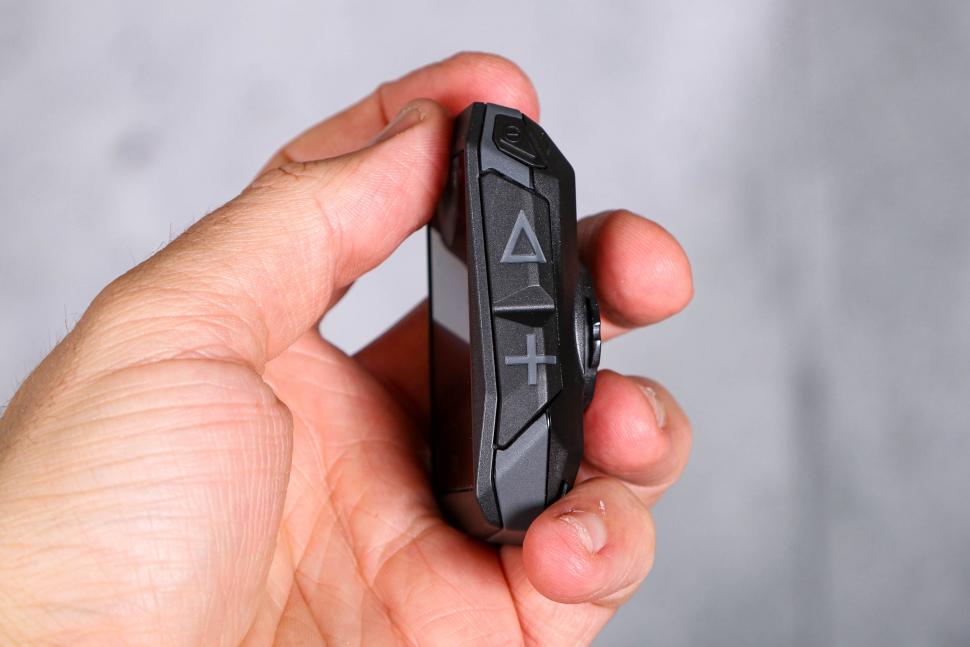











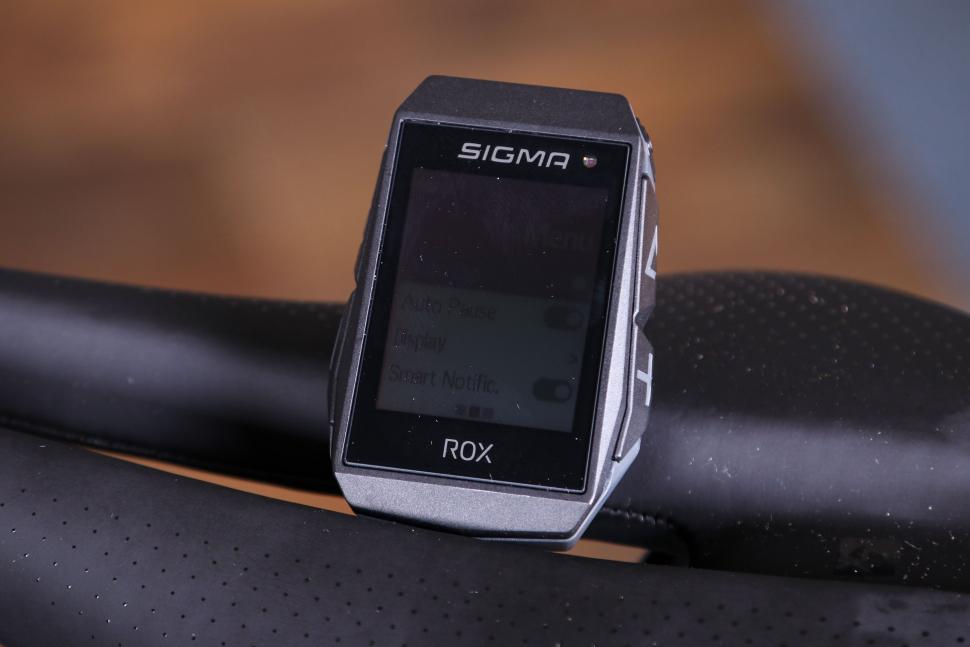
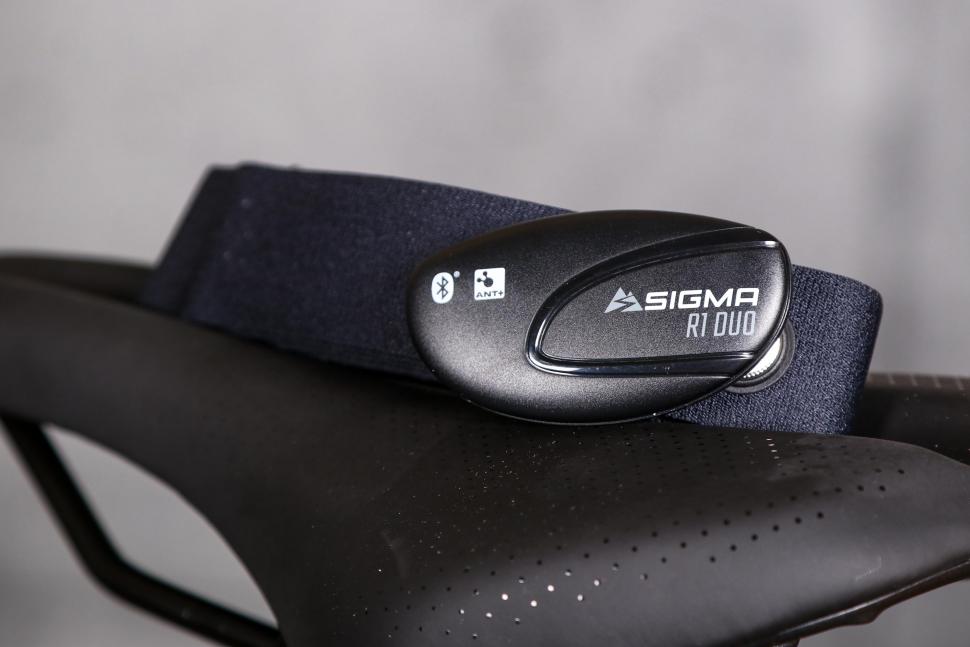
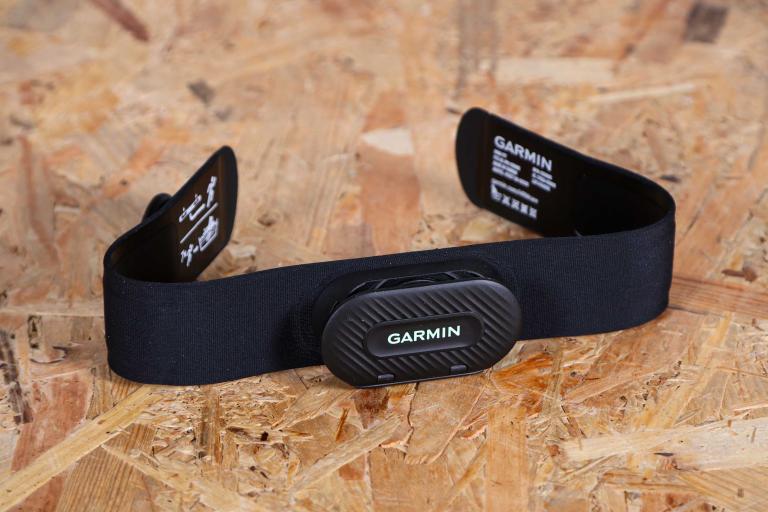
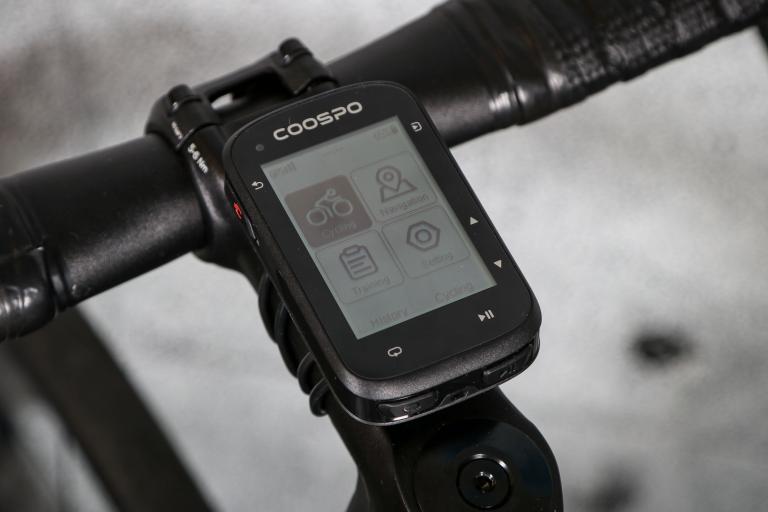
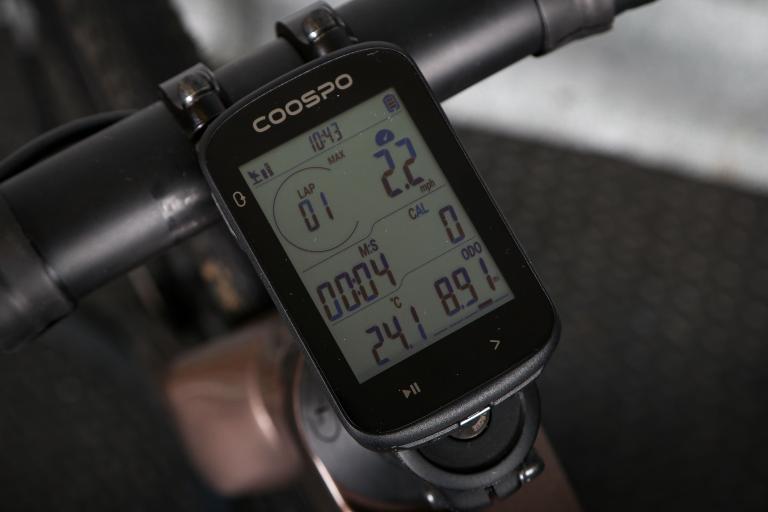
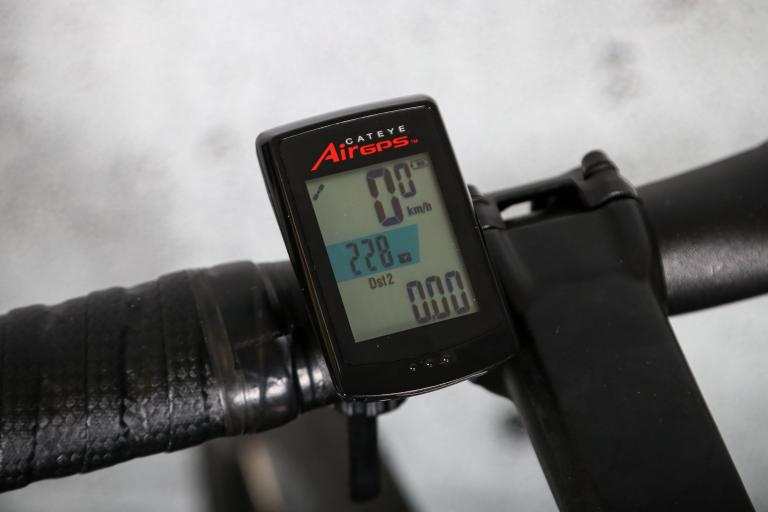
- looks like someone has fallen for the steel is real markerting BS. I only care how a bike rides, not what it is made of. I had a lovely steel...
That argument is ignorance of the widespread height and width restrictions to be found on the many minor roads that were originally created for...
cyclists should be made to have number plates - Interesting police video here of the range of illegal number plates - we'd got, as the caption says...
Some kind of lens cleaner apparently
The trailer seems to connect to both ends of the rear axle. Can it do tight corners without dragging the tyre sideways?
Motorists have always been unkind to cyclists, but distracted driving is adding to the problem....
Have you owned Bont shoes? In my experience even the widest Lake shoes have had a bizarre form of narrowing way too much in the toe area. But the...
Not sure if this is possible, but this news letter goes out all over the world, and some places like Decathlon does not send stuff to America, in...
I'm confused as to why you'd need bib shorts indoors.
I'm sure you were being sarcastic... however ... Lewis Hamilton lives in Monaco. Yet another car driver that doesn't pay any tax